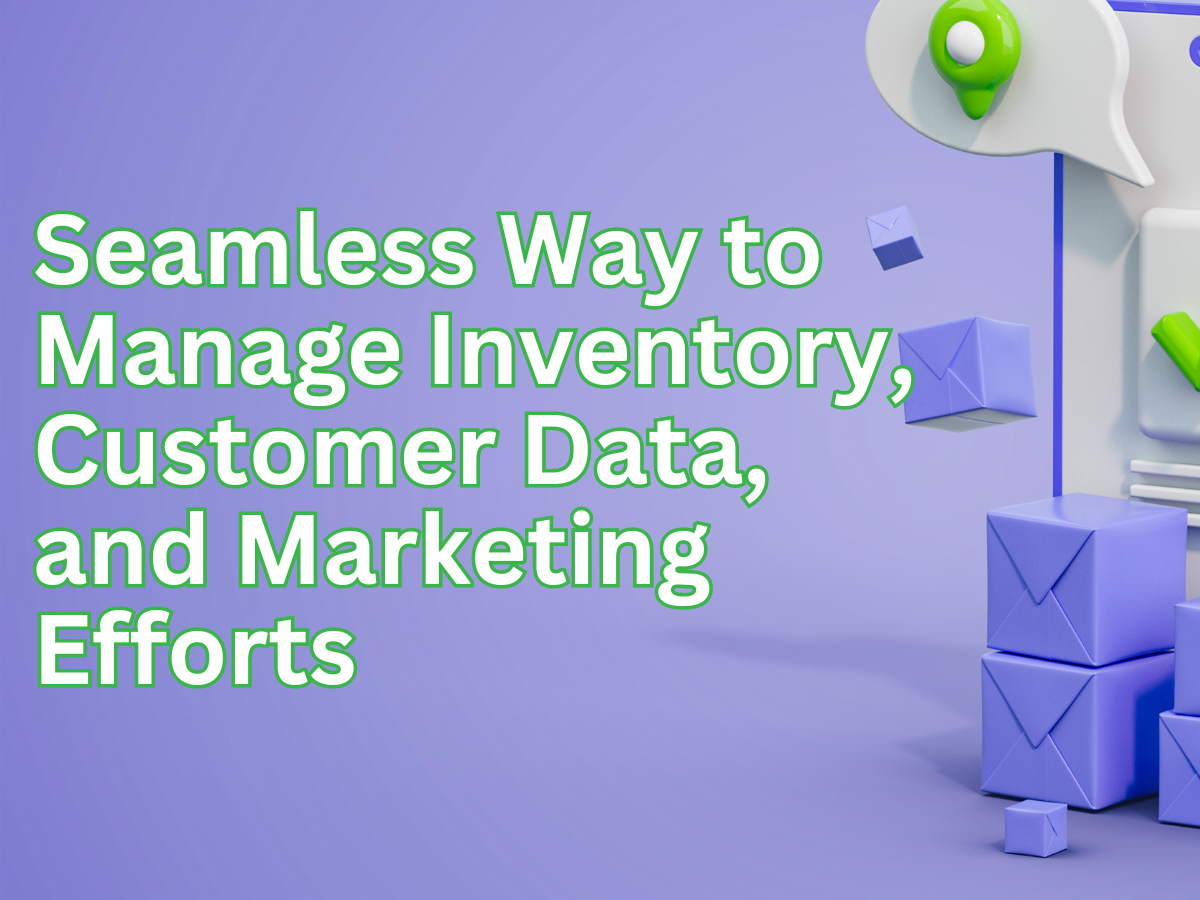In the expansive arena of e-commerce, staying ahead requires not just an attractive product range but also streamlined operations. Enter the powerful combination of Shopify and Keap integration. By marrying the strengths of these two giants, online retailers can explore a dimension where inventory management, customer engagement, and marketing execution exist in perfect harmony.
The Age of E-commerce Efficiency
It’s no secret that the online retail space is crowded. Brands jostle for attention, each shouting louder than the last. But in this cacophony, it’s e-commerce efficiency that can make you truly stand out.

Shopify & Keap: The Integration Magic
Let’s break down the core advantages of integrating these platforms:
Seamless Inventory Management:
- Real-time Updates: As sales occur on Shopify, inventory numbers adjust automatically in Keap, ensuring accurate stock counts.
- Automated Alerts: Receive notifications when stock levels drop below a certain threshold, ensuring you’re never caught off-guard.
Customer Data at Your Fingertips:
- Unified Customer Profiles: Combine purchase history from Shopify with communication history from Keap. This gives a 360-degree view of each customer, enabling personalized marketing strategies.
- Segmentation Made Easy: Use combined data to segment customers by purchase frequency, average order value, or even product preferences.
Supercharge Your Marketing Efforts:
- Personalized Campaigns: Drawing from the integrated data pool, craft campaigns that resonate. If a customer frequently buys athletic gear from your Shopify store, Keap can help tailor messages highlighting a new sports collection.
- Automated Workflows: Set triggers based on customer actions. For instance, if a customer adds a product to their wishlist but doesn’t purchase, automate a follow-up email or SMS with a special discount.
Data Synchronization: The Backbone of Integration
At the heart of this integration magic is data synchronization. Real-time sync ensures that any change in one platform reflects immediately in the other. It’s not just about avoiding over-selling a product; it’s about the richness of data available for every marketing decision you make.
The Road to Integration: Steps to Unite Shopify and Keap
While the benefits are numerous, the journey to integration is surprisingly straightforward:
- Connect the Platforms: Use official plugins or third-party integration tools. Ensure you have accounts on both platforms.
- Map Data Fields: Determine which fields from Shopify should sync with Keap. For instance, ‘Product Name’ in Shopify might correspond to ‘Item’ in Keap.
- Set Up Triggers: Define which actions on Shopify should activate specific processes in Keap. For example, a completed sale on Shopify could trigger a ‘Thank You’ email via Keap.
- Test the Integration: Before going live, run tests. Create a dummy order or customer profile to see if the data flows correctly.
- Monitor & Refine: As with all things digital, occasional hiccups can occur. Regularly check to ensure data is syncing correctly and make adjustments as needed.
Conclusion: The Future is Integrated
In the digital age, siloed operations aren’t just inefficient; they’re a growth barrier. Shopify and Keap integration promises a world where every piece of data, every customer interaction, and every inventory change interplays to craft an optimized e-commerce experience.
As retailers, the power of combined insights is transformative. When you know exactly how much stock you have, understand each customer’s journey, and can automate personalized marketing efforts, you’re not just running a store; you’re orchestrating an e-commerce symphony.
In the end, it’s about creating a seamless experience, not just for your customers but for yourself. With Shopify and Keap walking hand in hand, the pathway to unparalleled growth is clear. The only question remaining is: are you ready to embark on the journey?
